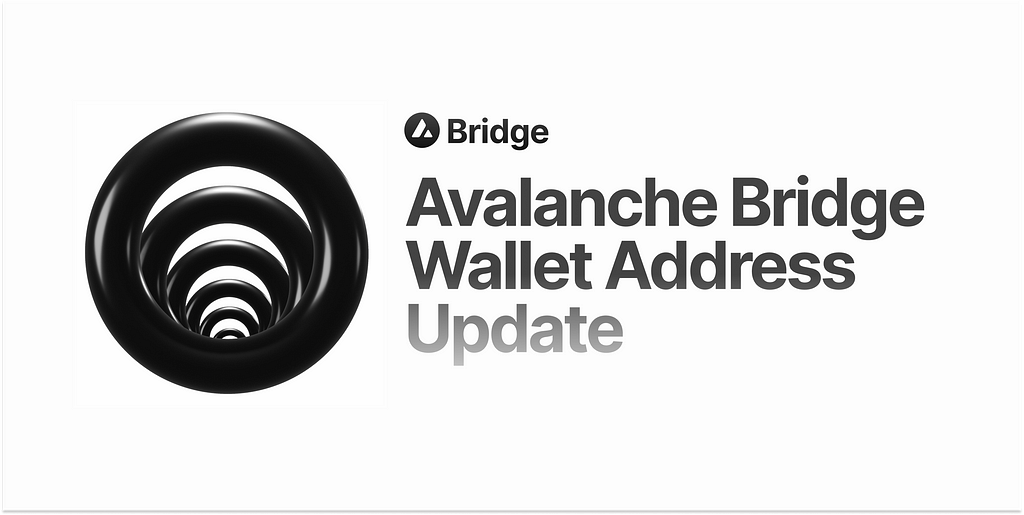Trusted (Centralized) Bridges: These bridges rely on a central authority to control the locked assets. This could be faster and less expensive, but it introduces a single point of failure, suggesting if that central authority is attacked, your assets might be endangered.
Trustless (Decentralized) Bridges: These bridges make use of smart contracts, self-executing code incorporated in the blockchain, to control your locking and releasing in assets. This eliminates all need for a central authority, but it can be considerably intricate and pricey.
Crypto bridges unveil a realm filled with possibilities for crypto users. Here are a few key benefits:
Increased Functionality: Bridges enable you to access a wider spectrum of DeFi (Decentralized Finance) applications and services built on different blockchains. For instance, you might utilize a bridge to transmit your Bitcoin to the DeFi platform on the Ethereum blockchain bsc to avalanche bridge earn interest.
Enhanced Liquidity: By linking blockchains, bridges create a larger pool for liquidity for crypto assets. This may lead to narrower spreads (the discrepancy between an buying and selling price) and more efficient trading.
Innovation: Bridges foster innovation by empowering developers to create applications that utilize all the strengths of different blockchains.
Security Hazards: Links, notably centralized ones, could be exposed to cyber-attack assaults. Consistently investigate the connection’s protection measures before utilizing it.
Fees: Connecting transactions commonly incorporate costs, which can vary depending on the connection and the chains involved.
Complexity: Understanding how connections work and picking the right one can be complex for beginners. It’s vital to perform your research before making any moves
 Choose an Bridge: Research and select the reputable bridge that supports your blockchains you want to transfer assets between.
Choose an Bridge: Research and select the reputable bridge that supports your blockchains you want to transfer assets between.
Connect Your Wallet: Connect your crypto wallet to the bridge interface.
Select Assets: Specify the amount and type for eth to avalanche bridge crypto asset you want to transfer.
Choose Destination Chain: Indicate your blockchain you want to send your assets to.
Initiate Transfer: Follow all bridge’s instructions to initiate your transfer and pay any associated fees.
Virtual bridges play still a nascent technology, but they serve one crucial part in the changing blockchain ecosystem. Considering the blockchain landscape carries on to develop and diversify, bridges will become even more vital for supporting seamless interaction and innovation. Developers stand perpetually working on improving bridge protection, efficiency, and user interaction. With continued progress, digital links hold the capability to turn into the vital highways for navigating the enormous and linked globe of ledger systems.
Think on a crypto bridge similar to a secure gateway. When you want to transfer your crypto assets, like Bitcoin or Ethereum coins, out of one blockchain to another, the link takes your original asset and locks it within a vault at the sending blockchain. It afterwards creates a new, comparable representation to that asset on the receiving blockchain. This new representation is often called a “wrapped” token. Once the exchange is complete, the original secured asset is released.